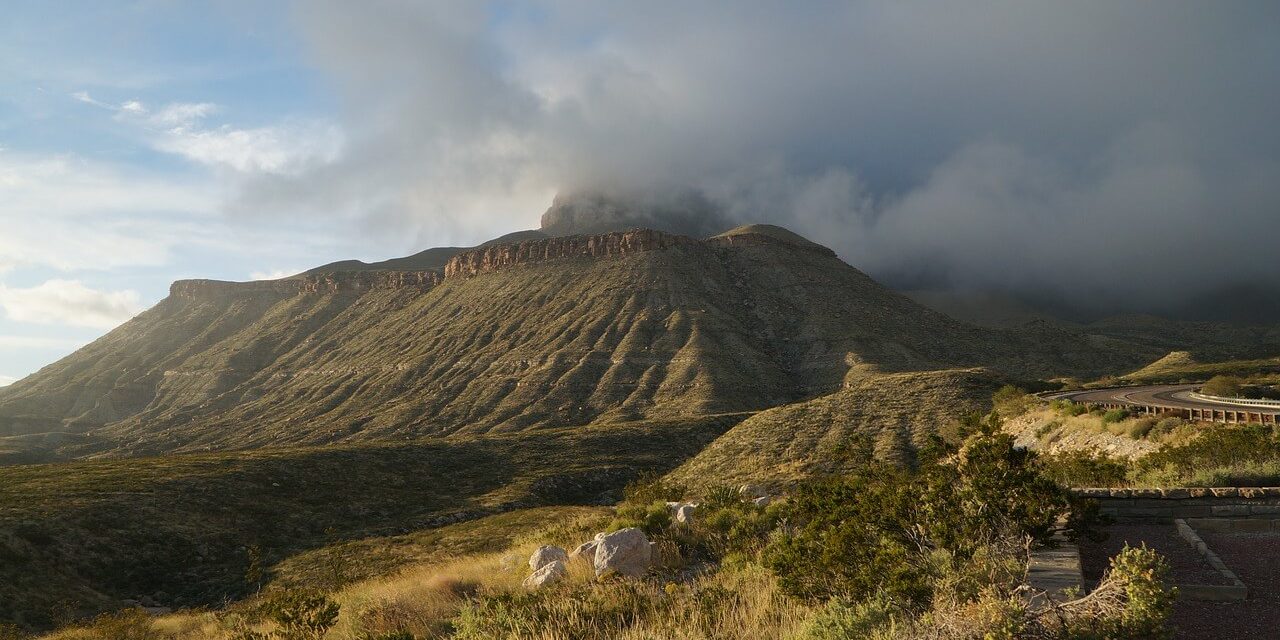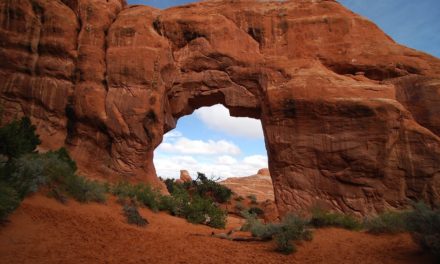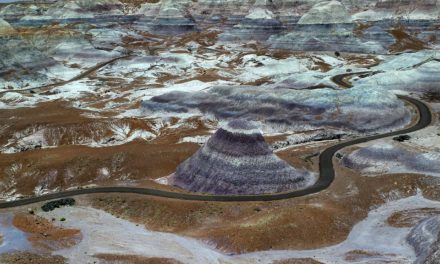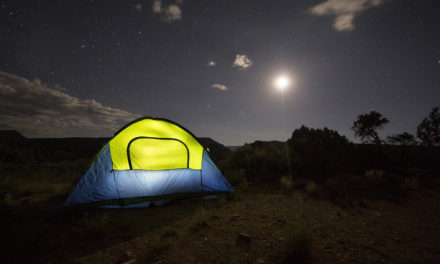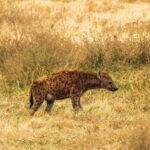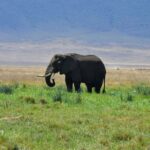Table of Contents
Overview / About
Located in western Texas near the New Mexico border, Guadalupe Mountains National Park preserves one of the finest examples of an ancient fossil reef on Earth, the Capitan Reef, formed over 250 million years ago. Spread across roughly 135,000 acres, the park features rugged mountains, deep canyons, desert landscapes, and lush woodlands.
Home to Guadalupe Peak, the highest point in Texas at 8,751 feet, this park is a haven for hikers, geologists, and nature lovers seeking solitude and scenic beauty. Once home to Mescalero Apache tribes and early ranchers, the region’s history blends Native American heritage with Old West frontier life.
Wildlife & Nature
Despite its desert location, Guadalupe Mountains harbor surprising biodiversity across multiple ecosystems — from Chihuahuan Desert scrub to high-elevation forests.
Key Wildlife: Mule deer, elk, gray foxes, mountain lions, black bears, javelinas, and rock squirrels.
Birdlife: Over 300 bird species, including golden eagles, canyon wrens, and peregrine falcons. Migratory birds are common during spring and fall.
Flora: Yucca, agave, and prickly pear dominate the desert floor, while ponderosa pine, Douglas fir, and maple trees color the higher elevations — especially stunning in autumn.
Geology: The park’s limestone cliffs and canyons are remnants of the Permian-era sea reef, rich in fossils and dramatic formations like El Capitan and McKittrick Canyon.
Experiences & Activities
Guadalupe Mountains offers a mix of adventure, solitude, and scenic wonder:
- Hiking: Over 80 miles of trails, including the Guadalupe Peak Trail (8.5 miles round trip) for panoramic views and the McKittrick Canyon Trail, famous for fall colors.
- Scenic Drives: The Pine Springs and Dog Canyon areas offer spectacular vistas and access to short walks.
- Camping & Stargazing: The park’s remote location makes it a Dark Sky destination, perfect for night photography and stargazing.
- Wildlife Viewing: Dawn and dusk are ideal times to spot deer, foxes, and birds near springs and canyons.
- Backpacking: Several backcountry campsites allow immersive multi-day hikes through desert and mountain terrain.
Best Time to Visit
- Spring (March – May): Pleasant temperatures and blooming wildflowers.
- Autumn (October – November): Cool weather and brilliant fall foliage, especially in McKittrick Canyon.
- Summer: Hot in the desert areas but mild at higher elevations; start hikes early.
- Winter: Clear and quiet, though temperatures can drop below freezing at night.
How to Reach & Park Entry
Nearest Airports:
- El Paso International Airport (110 miles west)
- Midland International Airport (200 miles east)
By Road:
Accessible via U.S. Highway 62/180, about a 2-hour drive from El Paso. There is no public transportation to the park.
Entrances:
- Pine Springs Visitor Center: Main entry point with maps, exhibits, and permits.
- Dog Canyon Entrance: Northern side of the park, less crowded.
Entry Fees:
$10 per person (valid for 7 days). Annual passes also available.
Where to Stay / Camping Options
There are no lodges inside the park, but camping and nearby accommodations are available:
Inside the Park:
- Pine Springs Campground: Basic campsites and RV parking (no hookups).
- Dog Canyon Campground: Shady, peaceful, and ideal for tent campers.
- Backcountry Sites: Permit required for overnight hikes.
Nearby:
- White’s City (NM) and Carlsbad (NM): Offer motels, cabins, and dining options about 40–50 miles away.
Travel Tips / Safety Notes
- Carry plenty of water, desert hikes can be dehydrating.
- Weather changes quickly; pack layers and sun protection.
- Cell service is limited; download maps in advance.
- Avoid hiking during thunderstorms due to lightning risks at high elevations.
- Leave no trace — pack out all waste and respect park rules.
Conservation & Responsible Tourism
Guadalupe Mountains National Park protects fragile desert ecosystems and ancient fossil formations. Visitors are encouraged to tread lightly and respect this unique environment.
To travel responsibly:
- Stay on marked trails to prevent erosion.
- Avoid collecting rocks, plants, or fossils.
- Support Dark Sky preservation by minimizing light pollution.
- Respect wildlife, observe from a distance.
- Choose reusable bottles and reduce plastic waste.

